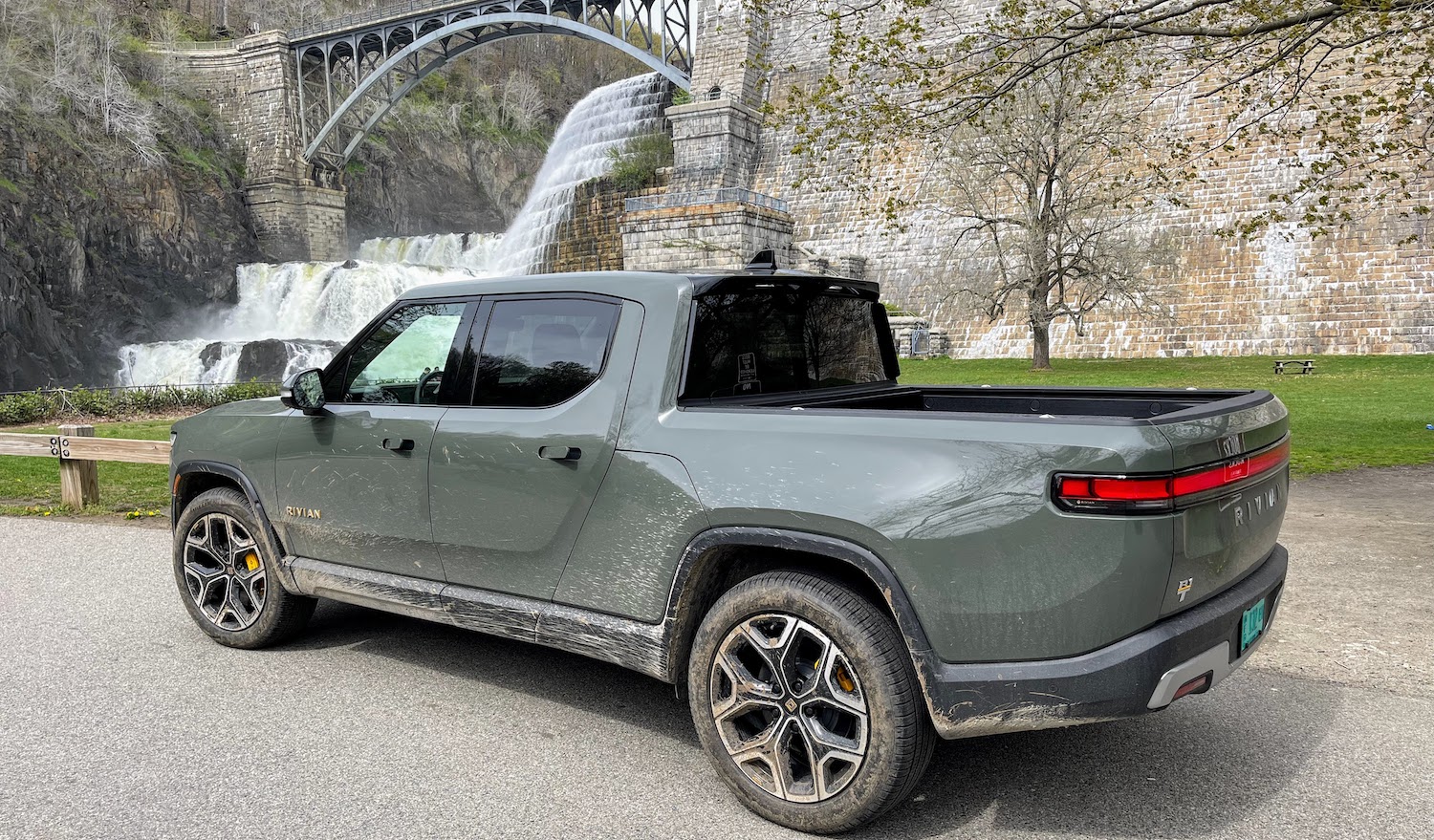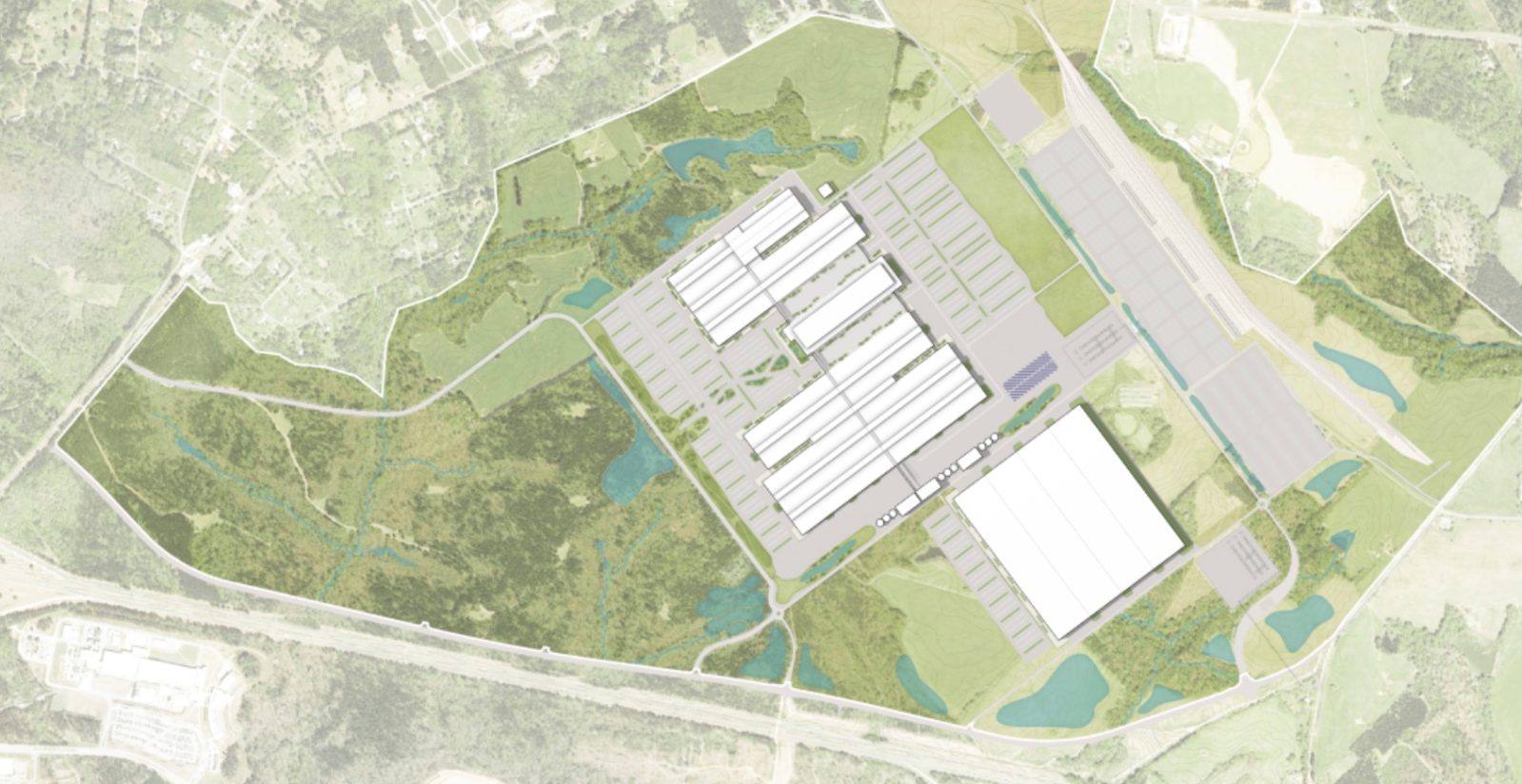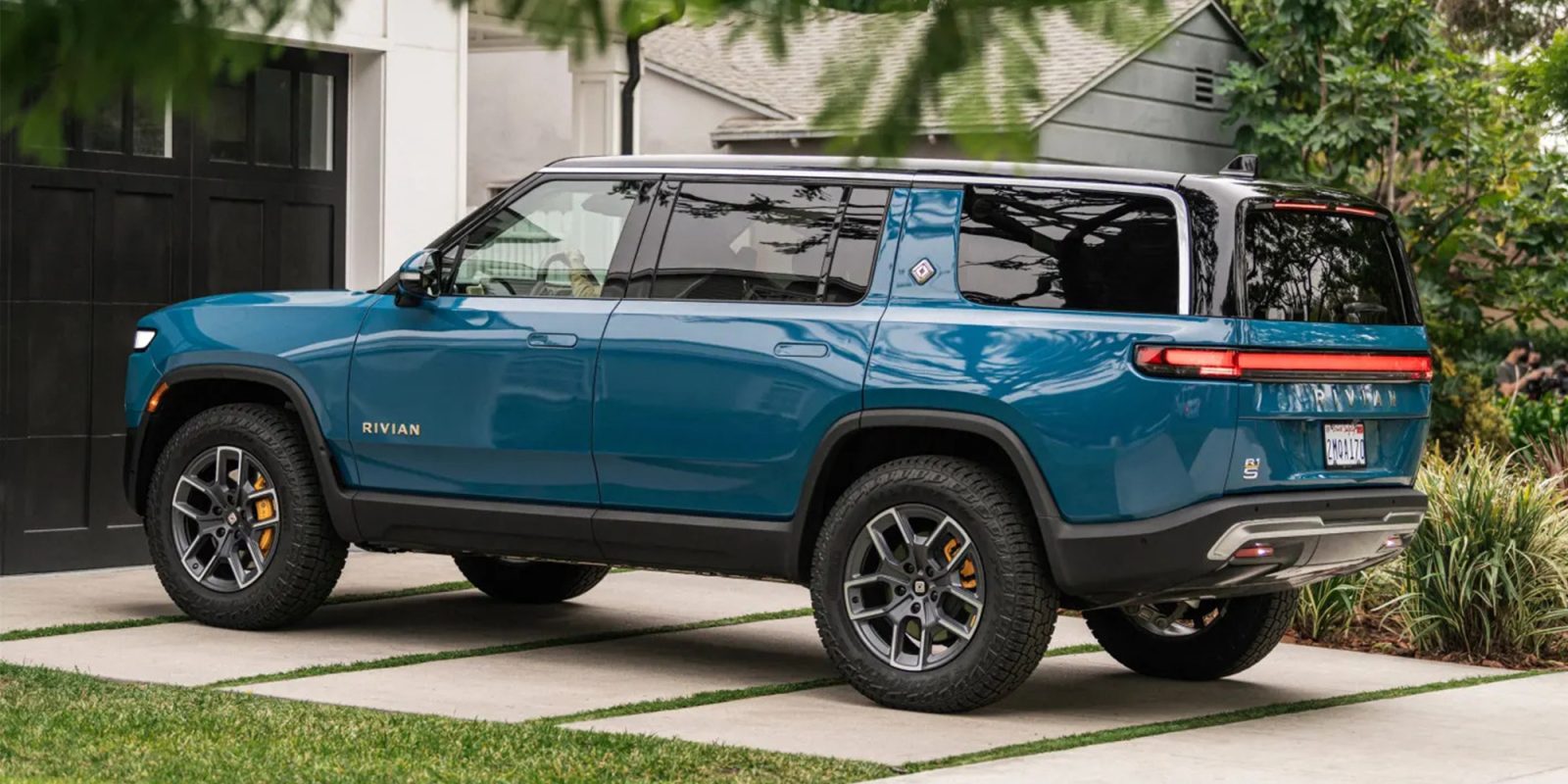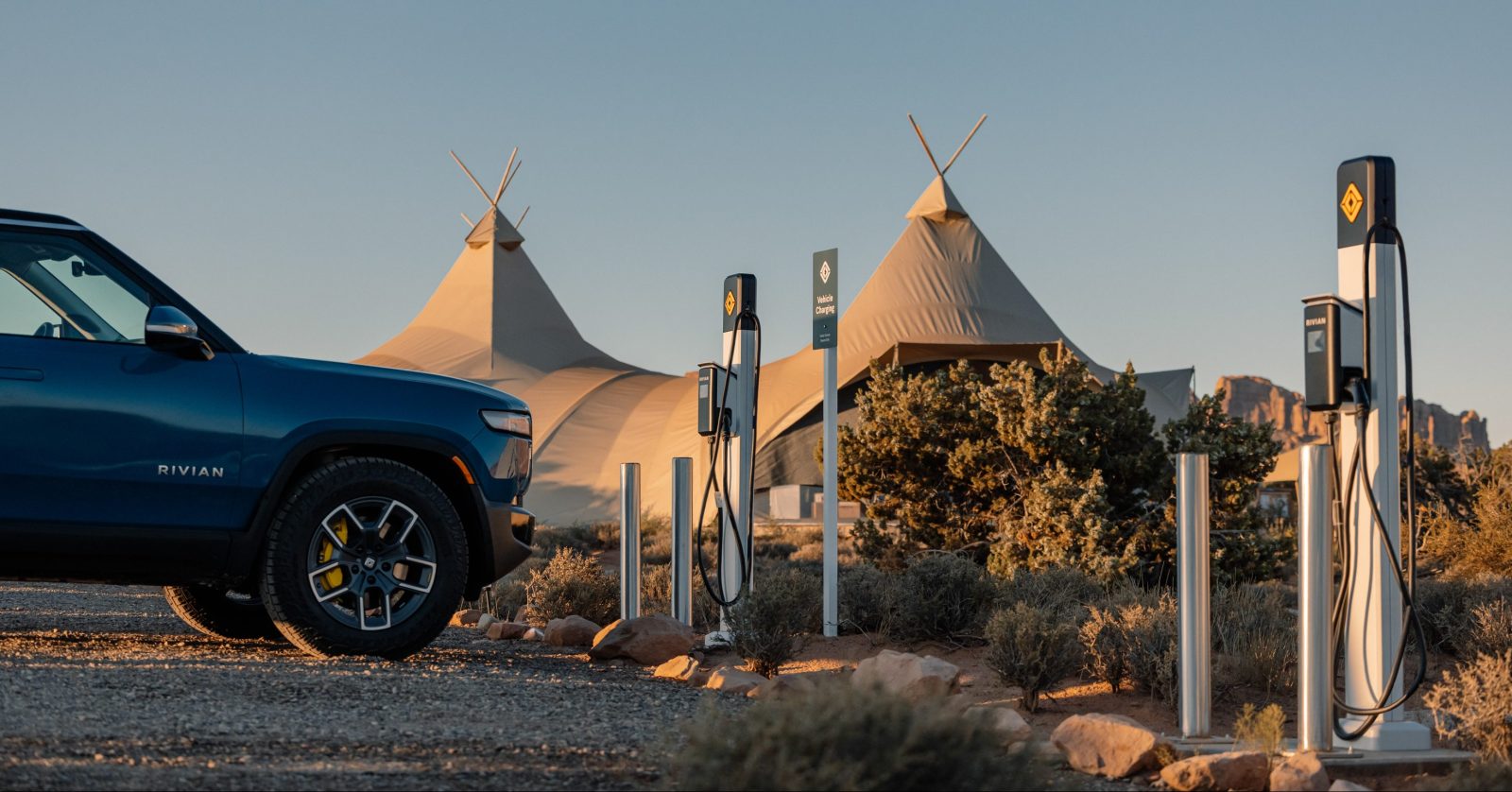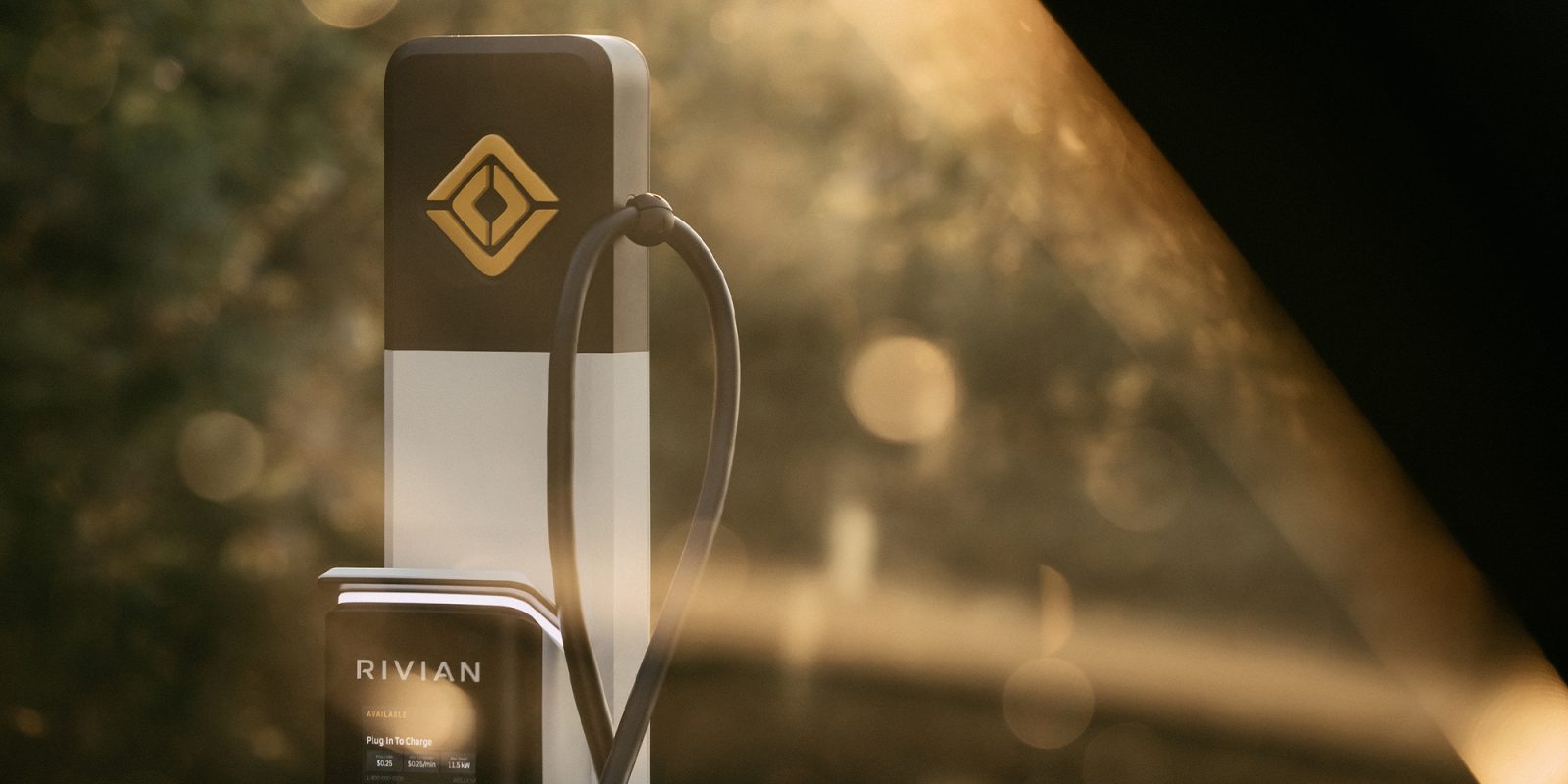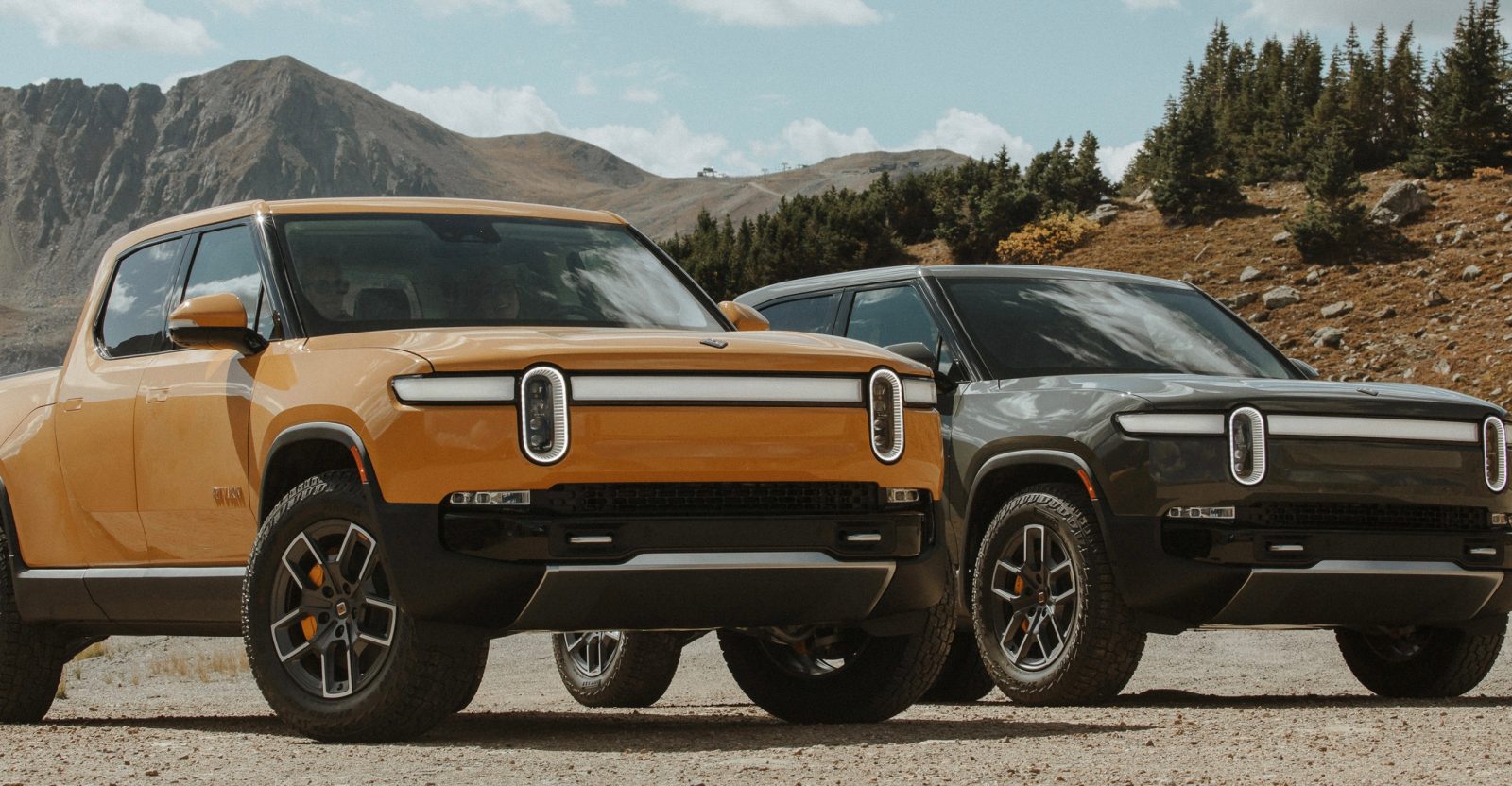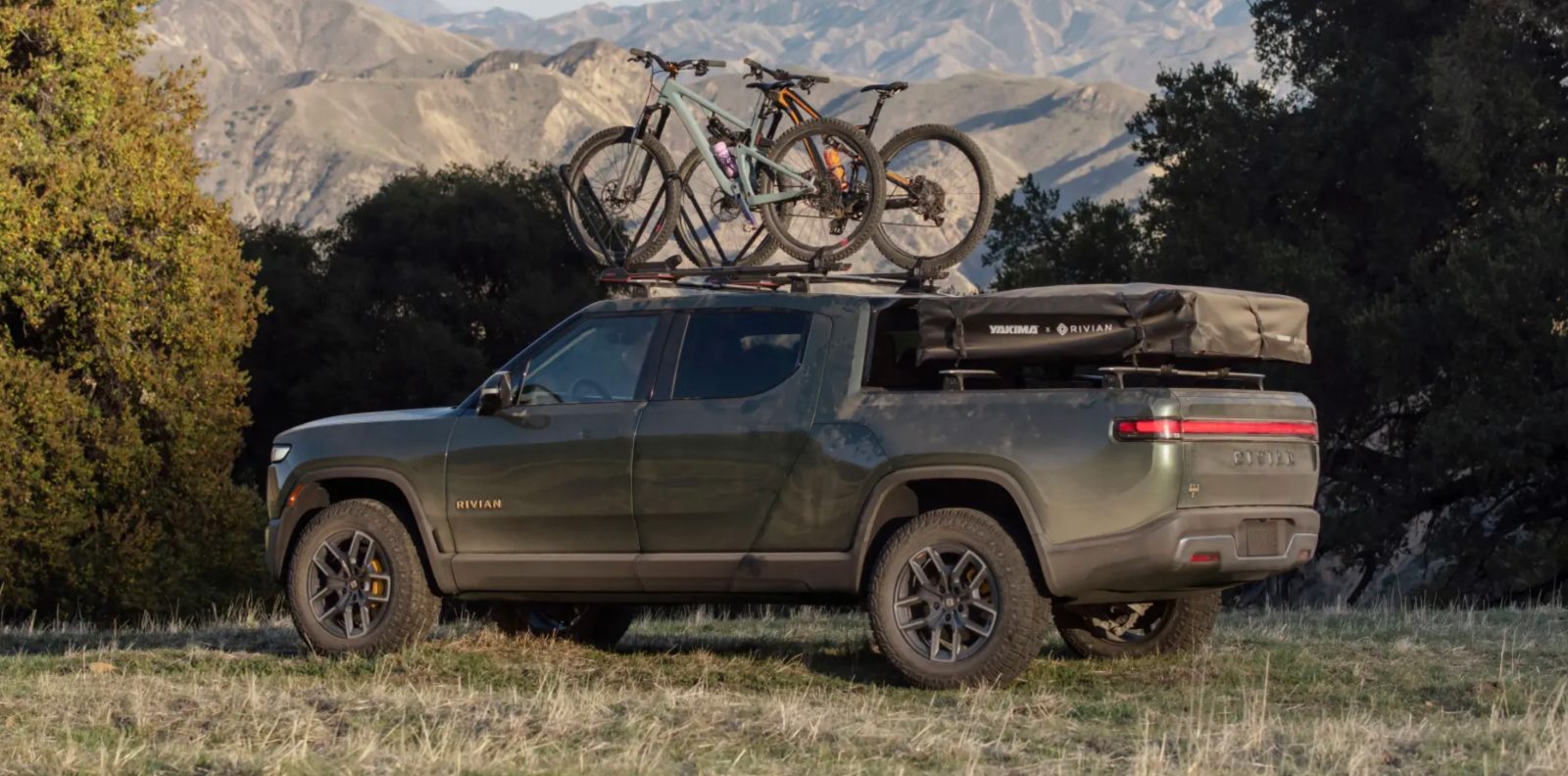Rivian: The history and future of an up-and-coming EV automaker

Table of contents
The history of Rivian
The electric automaker Rivian was originally founded as Mainstream Motors in 2009 by CEO RJ Scaringe, an MIT grad who studied engineering and lean manufacturing. Scaringe grew up near Melbourne, Florida, where he would work on cars with his neighbor, and spend much of his time outdoors hiking and exploring.
As Scaringe grew older, he found himself driving miles into nature to hike, and became aware that he was contributing to the pollution of an environment he looked to preserve. As a result, the company was born.
How did Rivian get its name?
After the original name was briefly changed to Avera Automotive, before Scaringe and his small team dropped the alliteration approach and finally settled on Rivian. The name comes from the Indian River, where Scaringe spent much of his youth exploring on his rowboat in Florida.
Although the company’s focus has always been on cars, it prides itself that it does not look or act like a car company. Due to Scaringe’s deep focus on the environment and sustainability, Rivian holds its goal to make a difference over everything else.
Prototypes and manufacturing facilities
Two years after being founded, Rivian was immersed in both electric vehicle technologies and autonomous driving capabilities. From day one, the automaker set out to create luxurious and battery-powered vehicles, but the rugged outdoorsy SUVs we see today weren’t always the focus.
In 2011, Rivian unveiled a sporty coupe prototype before the entire project was scrapped. While it seems the coupe was a working prototype, it’s probably for the best that Rivian shifted its initial focus to SUVs, as several other EV startups have taken the luxury EV sedan route.

By 2015, Rivian had received enough funding to operate research facilities in California’s Bay area, as well as Michigan. The latter soon became home to Rivian HQ to stay close to suppliers in the Midwest. The automaker then shifted its manufacturing focus to a holistic ecosystem of electric vehicles built for the outdoors.
By early 2017, the company had completed its purchase of a former Mitsubishi facility in Normal, Illinois, to become its North American manufacturing hub. As a result, the company received grants and tax abatement from state government for bringing jobs to Southern Illinois, although it had less than 200 total employees at the time.
By the end of 2017, Rivian announced its two alpha prototypes were complete. Less than a year later, the R1T pickup and R1S SUV debuted at the LA Auto Show with production scheduled to begin in 2020.
Recently, Rivian moved its headquarters to Irvine, California, along with a lot of its research and development. A lot of of technologies are is still being developed in Michigan, but Rivian slowly seems to be phasing everything over to its new California facility.

Amazon and Ford join the party
By 2019, Rivian had over 1,000 employees and facilities in the UK in addition to Michigan, Illinois, and California. Among several investors and debt financiers, Amazon invested $700 million on top of an order of 100,000 electric vans specifically developed by Rivian.
Ford Motor company also invested $500 million shortly after, but terminated its contract during the COVID-19 pandemic, taking its production back in-house. Both parties have said they maintain a strong relationship and plan to work together in the future, however.
Since then, Rivian has seen additional investments from Cox Automotive for $350 million, and two rounds of funding from T. Rowe Price totaling almost $3 billion.
Rivian is currently valued at nearly $28 billion and is focused on producing 10,000 electric vans for Amazon by 2022. Furthemore, it has its sights set on rolling out its first two EVs sometime 2021, although the delivery dates keep getting pushed.
Current and future EVs from Rivian
Rivian currently has one EV joining roads across the US, and two more in the pipeline for this summer. Below is a breakdown of each as well as a small rumor mill about what the future may hold for the automaker and its next round of EVs.

Amazon’s electric van from Rivian
As previously mentioned, the tremendous Amazon order was a condition of the marketplace’s investment in Rivian, and has since become a huge priority for the automaker. Just over a year after the announcement, prototypes of the Rivian van began popping up around Los Angeles.
This past February, the vans began rolling out official deliveries in Los Angeles. Not to be outdone, Amazon expanded its fleet operations to San Francisco to see how the Rivian vans fared among the hilly terrain.
Since then, Amazon vans have been spotted in the Denver metropolitan area as well as Topeka, Kansas.
With 16 cities planned for the initial 10,000 van rollout, we are sure to see more and more electrified Amazon deliveries over the course of the next year.

The Rivian R1T pickup truck
The R1T pickup is scheduled to be the first Rivian consumer EV to deliver for the company, and much hype has already surrounded it. This five seat, fully electric pickup offers some unique and exciting features centered around the outdoors, along with some unique exterior color choices.
Beginning in three initial trims starting with the Launch Edition in 2021, the R1T’s will come with Rivian’s mid-tier battery pack, which the automaker claims to offer a range of 300+ miles.
When Rivian first unveiled its lineup, it said that its vehicles were going to be offered with 105 kWh, 135 kWh, and 180 kWh battery packs enabling “230+ miles, 300+ miles, and 400+ miles.” That being said, only the large (300+ mi) and max (400+ mi) packs are currently available in the R1T configurator.
The Launch Edition R1T is fully reserved, but is priced starting at $75,000. It will be followed by the Adventure Package next January for the same price, as well as a less expensive Explore Package for $67,500. Electrek previously covered a potential extended cab R1T spotted in winter test footage from Rivian, but the company has made zero comments about it to date.
While the original release date of the R1T was June of 2021, Rivian later pushed deliveries a month into July. R1T deliveries were pushed yet again, this time into September.
September came, and Rivian has in fact begun producing R1T pickups for actual customers. CEO RJ Scaringe captured the pivotal moment for the nascent automaker on Twitter with footage of the very first customer EV rolling off the assembly line at Rivian’s Normal, IL facility.
With this feat, Rivian has become the first electric pickup maker, beating the likes of Tesla, Ford, and others to the finish line.
Electrek was able to test drive the R1T and we loved it. Check it out:
Rivian’s R1S SUV
The R1S will sit upon the same propriety skateboard platform, but with more room for seating and cargo that the R1T. This seven-seat option is due to deliver just months after its pickup truck sibling, and offers tremendous interior space, as demonstrated by RJ Scaringe himself.
The R1S hasn’t made as many headlines so far in comparison to the pickup version, but it may soon prove to be the more popular option in Rivian’s small family. The luxury SUV market remains a saturated one, but Rivian’s R1S promises to offer luxury, range, and the threshold for rugged terrain many automakers may soon struggle to compete with.
Especially after seeing footage of the upcoming R1S scale a 45-degree slope like it’s a simple driveway.
Similar to the R1T, the R1S will initially roll out in three variations starting with the Launch Edition this year. Concordantly, the Launch Edition R1S is also sold out, but promises a range of 300+ miles on all three versions including the Adventure Package and Explore Package due in January 2022.
The Launch Edition is priced at $75,500, slightly higher than its pickup counterpart, which coincides with the Adventure Package. The Explore Package will arrive slightly lower at $70,000. Note that all prices listed are before and tax incentives or state grants, so consumers could pay even less for their new Rivian.
What’s different about the Rivian R1S is that is currently only comes with the mid-tier battery back offering 300+ miles. The Max Pack is not available in the R1S configurator at this time.
Now that R1T deliveries have begun, we can expect to see the R1S sometime thereafter. Perhaps in October or November of 2021.

Future models
While we do not have exactly confirmation as to what may be next from the automaker, we do know that it has plenty in the works. Last summer, the company filed for two additional trademarks for unknown vehicles.
The first was titled the “R1V” filed under the “land vehicles and parts” category at the trademark office.
The second was an “R2X” filed under the same category, and has been speculated to be some sort of rally car like the rendering above.
Furthermore, rumors have also circulated about Rivian using numbers in its model naming scheme moving forward, such as the R2T and R2S. This has not yet been confirmed by Rivian, but many believe a smaller pickup called the R2T is in the works.

Rivian’s plans for the US
With Amazon vans already delivering across the US, and two new EVs just months away from first deliveries, Rivian has a lot of exciting things going on.
Much will hinge on the success of the R1T and R1S vehicles, but with limited numbers of each in the Launch Edition, the world may not truly be able to garner Rivian’s impact on the auto industry until the other packages arrive in early 2022.
Rivian also continues to expand its own charging infrastructure that it calls its “Adventure Network,” beginning with every state park in Colorado.
In July of 2021, we reported that Rivian was in fact on the hunt for a second manufacturing facility in the US to compliment its current plant in Normal, IL.
Tesla CEO Elon Musk offered some insight as an EV company that barely survived scaling production, suggesting the company focus on getting the first factory running before expanding.
We found evidence of Rivian expanding its service center presence in Orange County, CA. The proposed permits would allow the facility to perform routine maintenance 24/7 and inspect EVs from the production like before they are delivered to customers.
Most recently, Rivian opened its first retail “hub” in Venice, CA with plenty more to follow.
Will Rivian expand to Europe?
Although the company is homegrown, it by no means has plans to limit its reach to the US. Last February, Rivian was reportedly scouting sites for a European facility.
That was followed up by news in August of 2021 that the automaker was in negotiations for a UK facility.
In March, the Rivian Forums pointed out that the company was hiring battery experts to develop solid-state batteries for the company, hinting at possible technology in future EVs from the automaker.
Here are some other happenings at Rivian HQ to keep you in the know:
- Electric pickup startup Rivian files for public offering at $80 billion valuation
- Tesla claims Rivian is stealing ‘trade secrets’ about its ‘next-gen battery’ in expanding lawsuit
- Rivian’s minivan image in patent offers an exercise in imagination more than anything
- Utility locations hint at possible addresses for Rivian Adventure Network chargers in California
- Here are a bunch of accessories Rivian is bringing to its electric pickup truck and SUV
- Rivian follows Tesla into another business with the launch of ‘Rivian Insurance’
